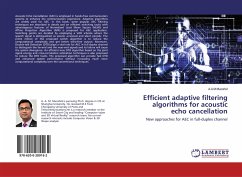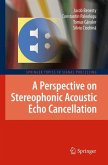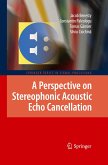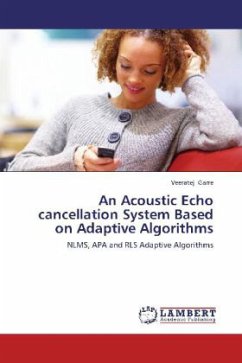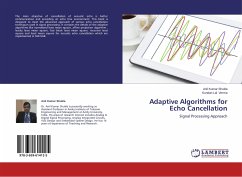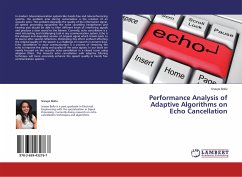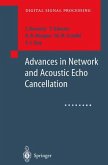Acoustic Echo Cancellation (AEC) is employed in hands-free communication systems to enhance the communication experience. Adaptive algorithms are widely used for AEC. In this book, some popular AEC filtering techniques are described in details and an efficient switching tactic with advantageous features of Normalized Least Mean Square (NLMS) and Affine Projection Algorithm (APA) is proposed for AEC application. Switching points are decided by employing a VAD scheme where the speech signal is distinguished as voiced, unvoiced and silent periods. The prime motive of this proposed switch algorithm is to reduce the computational complexity and get better echo-free output. Moreover, Double-talk Detection (DTD) plays a vital role for AEC in full-duplex channel to distinguish the far-end and the near-end signals and its failure will cause the system divergence. An efficient new DTD algorithm based on the joint signal energy and cross-correlation estimation techniques is also proposed toreduce the DTD faults. The proposed algorithm can provide fast DTD and enhanced system performance without increasing much more computational complexity over the conventional techniques.

